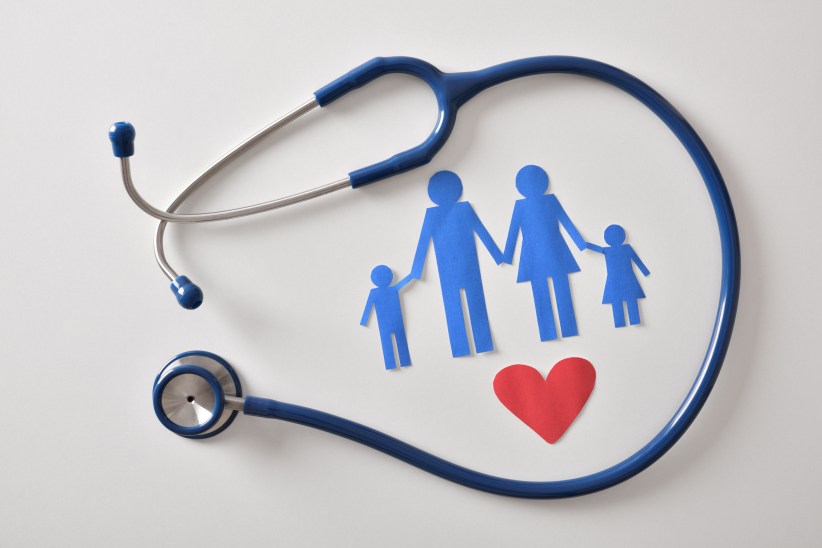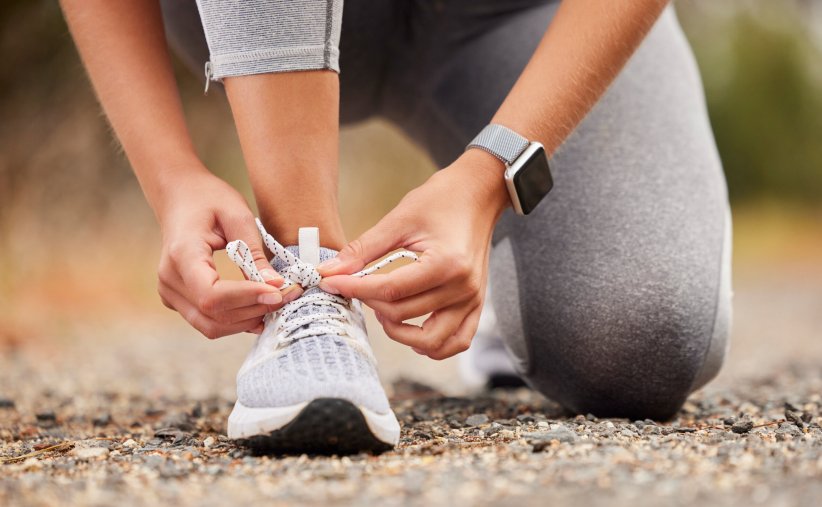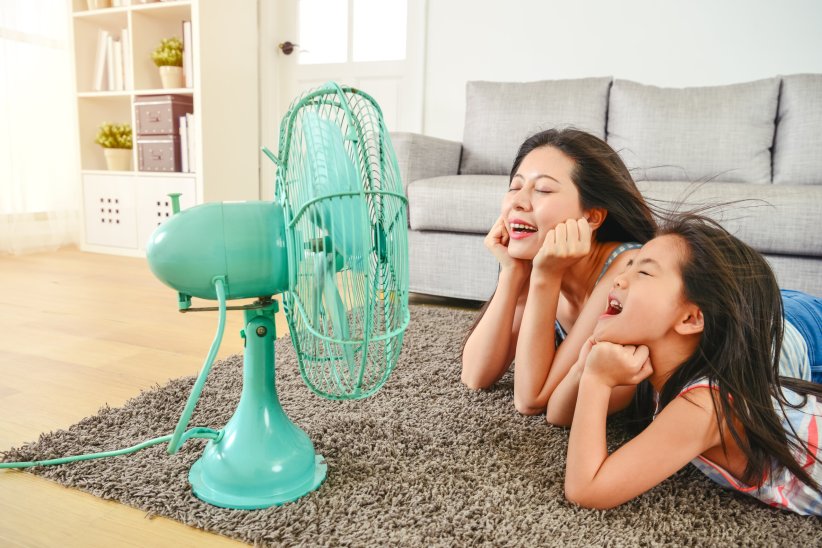As we look forward to summer and fun in the sun, it’s important to remember how to be sun safe. Good sun habits can prevent a vacation-ruining sunburn and also keep your skin and your kids’ skin healthy, younger and cancer-free. Non-melanoma skin cancer is probably due to cumulative sun exposure over one’s life, so it is never too early to start some of these protective measures.
Indoor Precautions
The first thing to remember is that the strong summer sun can get to us even indoors, so summer sun protection should continue even on non-beach days. Most people have more sun damage and skin cancer on their left side due to driving (in the United States – in Australia, they have more on their right!). While a car’s windshield protects from all ultraviolet (UV) rays coming through including UVA and UVB, the side and back windows allow UVA to pass through.
Standard windows at home and in the office are similar. In the summer months, it is important to remember that strong sun can be reaching you through the windows of your car or home, even when you are spending the day indoors. It is also reaching your baby or young child sitting in the back seat of your car. UV-filtering window film is available for the side and back windows for those who wish for some added protection. They can be transparent or tinted (make sure the tint is not darker than your state allows).
Sunscreen, Clothing and Lip Balm
Whether indoors or out, a daily “broad spectrum” sunscreen that covers both UVA and UVB and that is SPF 30 or higher is a good way to keep UV rays away. Mineral blockers (look for zinc or titanium in the active ingredients) are good ways to ensure you are getting broad-spectrum coverage. It also ensures you are not going to have stinging or hypersensitivity, which is more common with chemical-based blockers. Mineral-based sunscreens are also great and safe for babies and kids.
Sun protective clothing can be comfortable and light-weight and is another option for covering up in the car or outside. Look for companies where the fabric has its own inherent SPF. Don’t forget the lips – look for SPF 30 lip balm.
Hat and Sunglasses
When outside, in addition to sunscreen or sun protective clothing, protect your face and eyes with a wide-brimmed hat and sunglasses. A wide-brimmed hat is best, so if wearing a baseball cap remember it leaves a lot of your neck, face, and ears unprotected.
Seek shade when possible. The sun is strongest between about 10 a.m. and 2 p.m. and the American Academy of Dermatology recommends seeking shade, “if your shadow is shorter than you are.” At the beach or pool, there are a few other important things to remember. Water and sand reflect UV rays and increase your chance of a burn even from below. The most important thing here is to be good about reapplying sunscreen even if your kids resist you. The general rule of thumb is every two hours but it may need to be more often as it gets washed away with water and sweat.
Take Extra Care
Adults who struggle with melasma (tan to brown discoloration that can occur on the cheeks, forehead, and upper lip), need to be extra careful with sun in the summer months. Even a few minutes of unprotected sun exposure, such as when walking from the house to the car, could jumpstart your pigment cells. For some added protection, extract of the fern called polypodium leucotomos can be purchased over-the-counter in a pill form (brand name Heliocare). Due to its antioxidant properties it slightly raises one’s “natural SPF.” Check with your doctor before taking this medicine.
The summer is a great time to have fun with your family. But getting into sun safe habits for you and your kids pays off!
Daniel Belkin, M.D. is a board-certified dermatologist and fellowship-trained Mohs surgeon at the Laser & Skin Surgery Center of New York in Manhattan.








